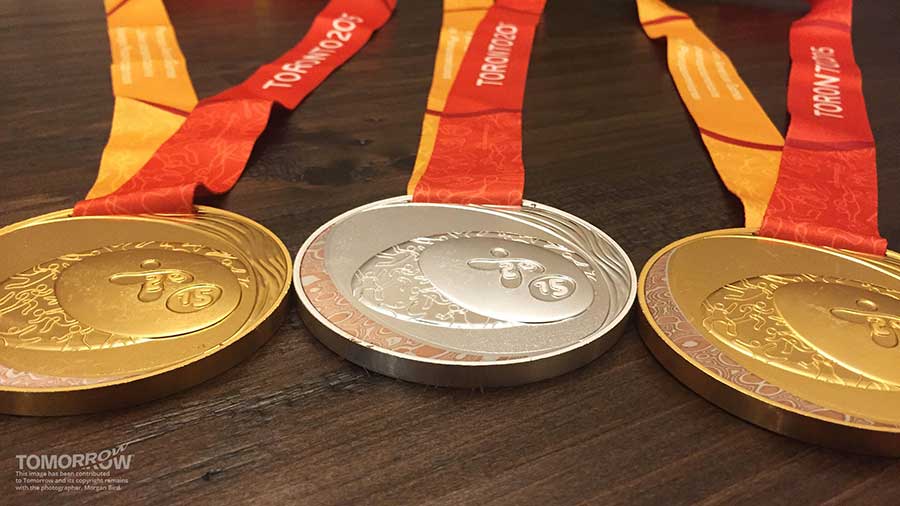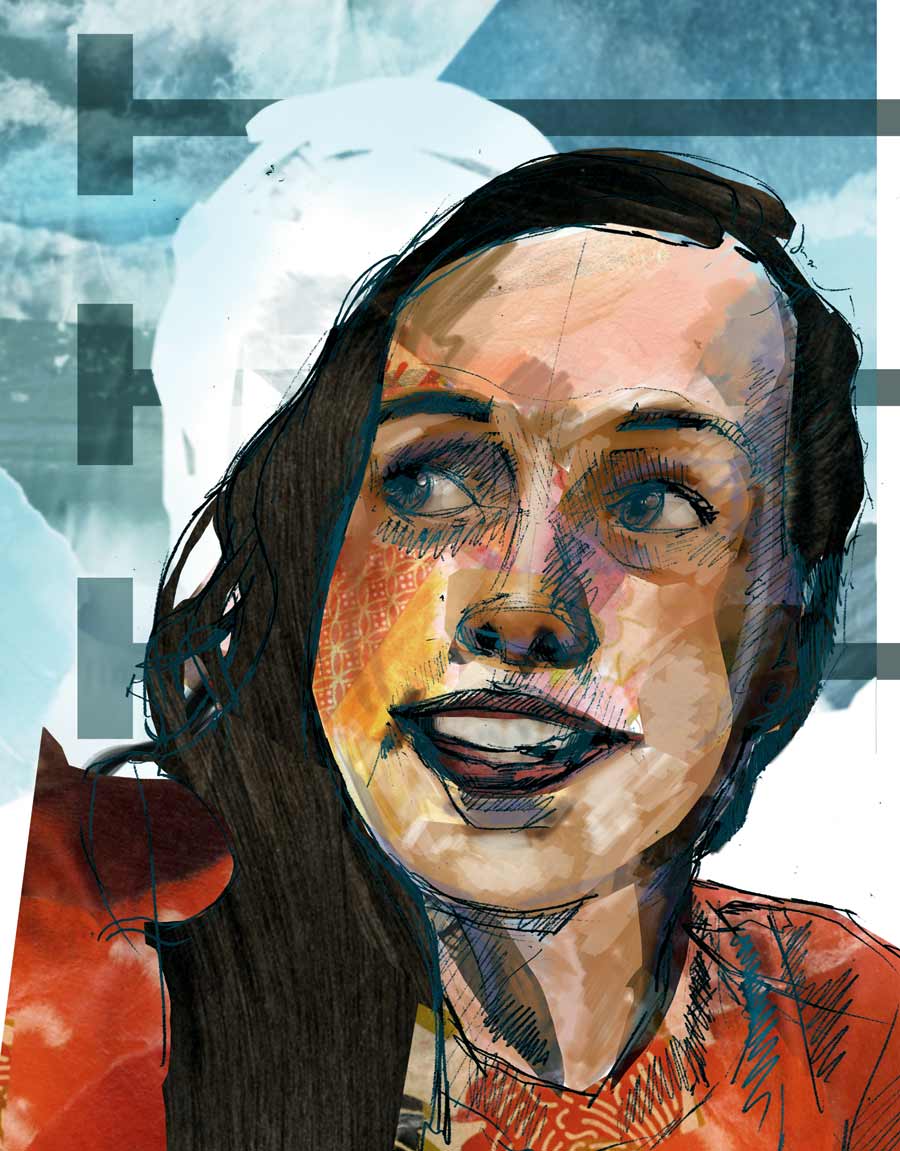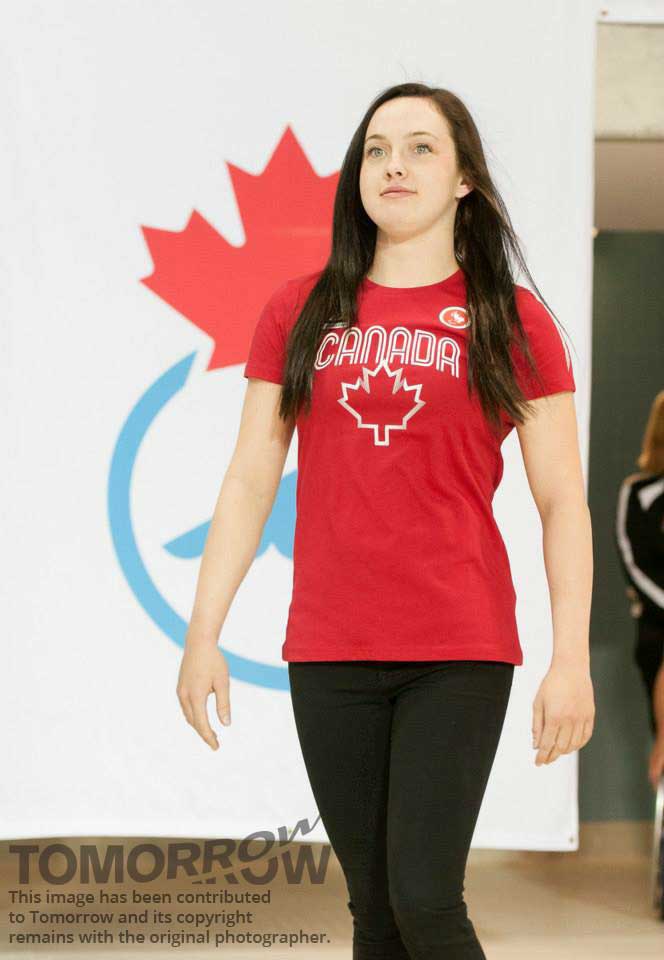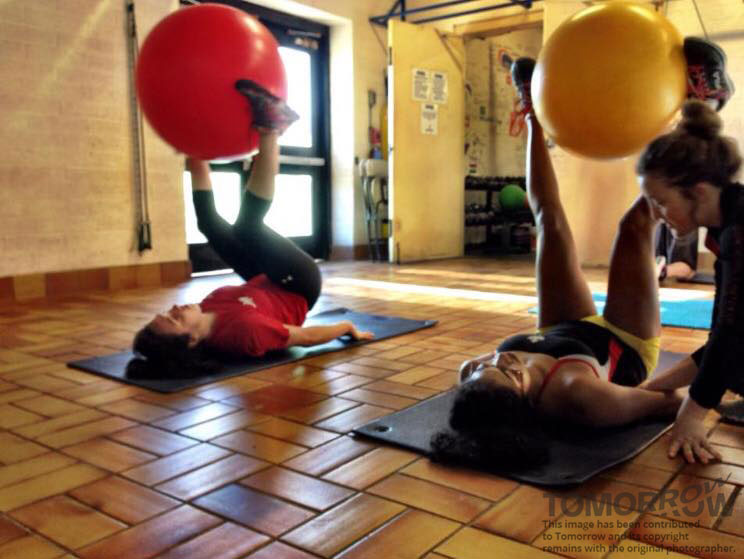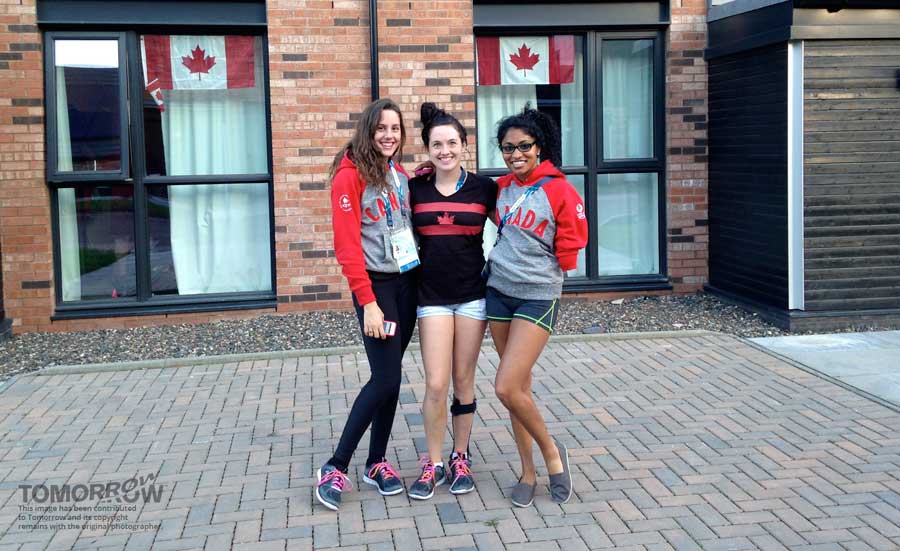Winning Parapan Am medals was just the start to a year of hard work, says athlete in residence Morgan Bird
With less than a year to go before the 2016 Paralympic Games in Rio de Janeiro, Brazil, the stakes have never been higher.
It is all in the details – every workout counts. Since coming home from both the World Championships in Glasgow, Scotland, and the Parapan Am Games in Toronto, where I won two golds and a silver medal, I have put my mind to doing everything I can to make myself better in and out of the pool.

Read all about athlete in residence Morgan Bird and her progress in her blogs.
This summer was an amazing experience for me because I was able to reach peak performances, especially in the 400 freestyle, where I was only a second away from my 2012 Paralympics all time best, and touched the wall at 5:19, a time that I have not come close to for a long while. After such a successful summer, it has only made me push myself harder than ever and do all the little things to see more successes in my performances.
I recently swam at my first swim meet of the season. It was nice to get back into racing and see how well my training is working. I swam incredibly well, starting off the year with four new Canadian records. This was the exact confidence booster I needed as we start this Paralympic year. It told me I am in shape and my training in the pool and what I’m doing out of the water is going really well.
As I said, this is a Paralympic year and there are lots of crucial swim meets coming up that are leading into the games. The first will be the CanAms, which are being held in Bismarck, North Dakota, from December 10 to 12. This is the last chance for Canada to secure spots for the Paralympic team, so I’m looking to swim some fast times in order to secure more spots for the team.
Next is a training camp with the national team in Santa Domingo, Dominican Republic. The purpose of this is to continue to improve both in technique and fitness … all while soaking up a bit of sun, a nice change from these Calgary winters.
The next and biggest step is Paralympic Trials, which are being held in Toronto at the Pan Am pool from April 5 to 10, 2016. This is where athletes need to step up and give their best performances so that they can be announced to the Paralympic team in the summer. Rio is never a guarantee, I need to be swimming at my absolute best in order to make the team.
In terms of my training at home, I have made a few (positive) changes and I am feeling confident at this point in the year.
I have increased the intensity in both my practices as well as my dryland and weights sessions. I am feeling stronger and am noticing a difference in my fitness level as well.
These next months are going to fly by, and in order to get to the peak performance that I want come trials, I need to have faith in both my abilities as an athlete, and my support systems such as coaches, family, and friends. Following every step and making sure I am doing everything I can to be ready for trials is very important. I cannot control what anybody else does or will do, but I can make sure that I am doing everything I can to help myself get to my end goal.
So with everything in sync and us all working diligently towards the same endgame, I am very hopeful to be representing Canada and standing on that podium at the biggest elite stage there is: the Paralympic Games.

